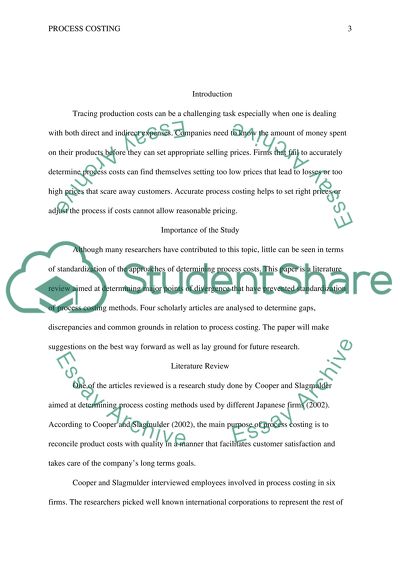Cite this document
(“Process Costing Essay Example | Topics and Well Written Essays - 1000 words”, n.d.)
Process Costing Essay Example | Topics and Well Written Essays - 1000 words. Retrieved from https://studentshare.org/finance-accounting/1496098-process-costing
Process Costing Essay Example | Topics and Well Written Essays - 1000 words. Retrieved from https://studentshare.org/finance-accounting/1496098-process-costing
(Process Costing Essay Example | Topics and Well Written Essays - 1000 Words)
Process Costing Essay Example | Topics and Well Written Essays - 1000 Words. https://studentshare.org/finance-accounting/1496098-process-costing.
Process Costing Essay Example | Topics and Well Written Essays - 1000 Words. https://studentshare.org/finance-accounting/1496098-process-costing.
“Process Costing Essay Example | Topics and Well Written Essays - 1000 Words”, n.d. https://studentshare.org/finance-accounting/1496098-process-costing.


